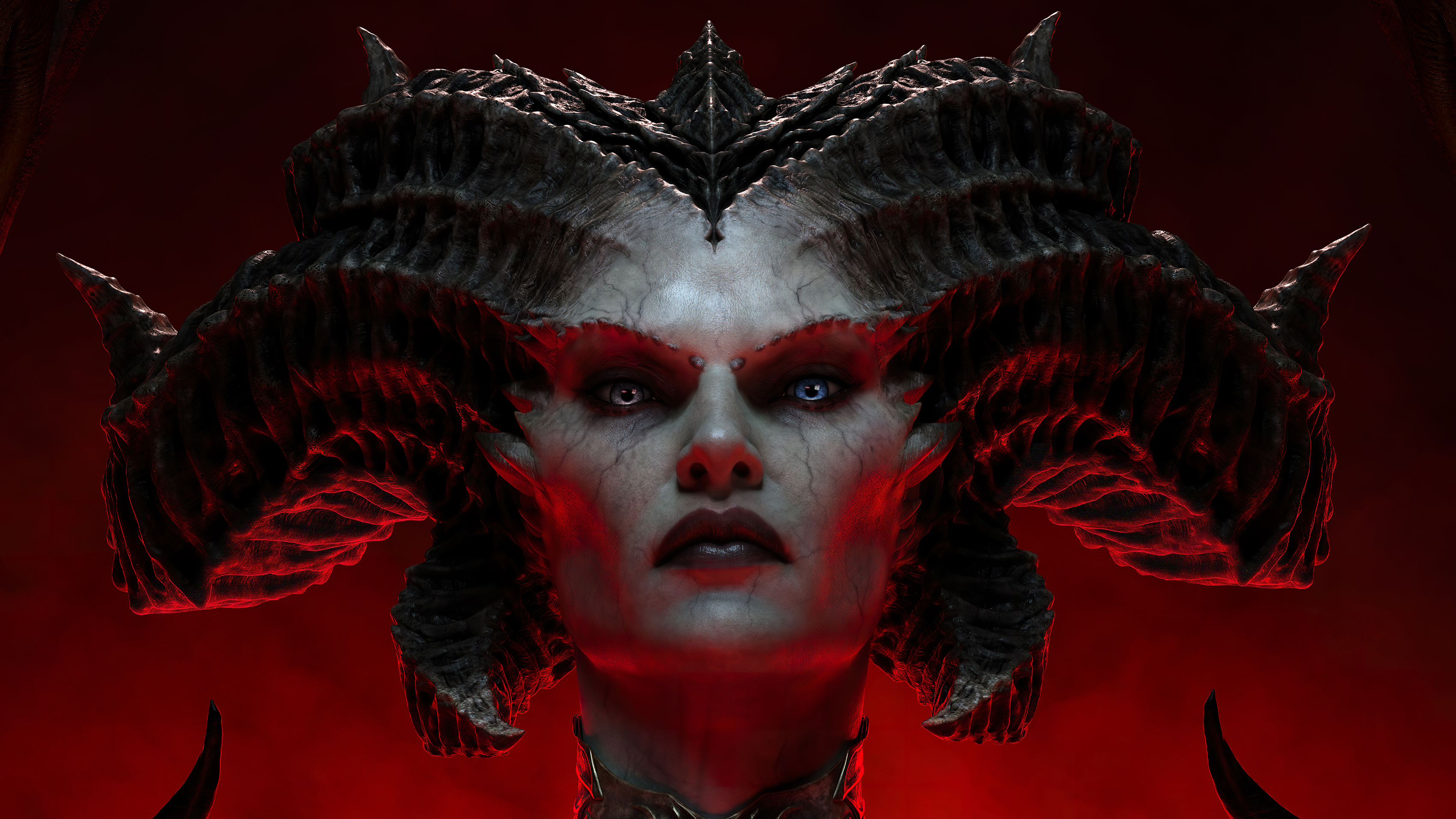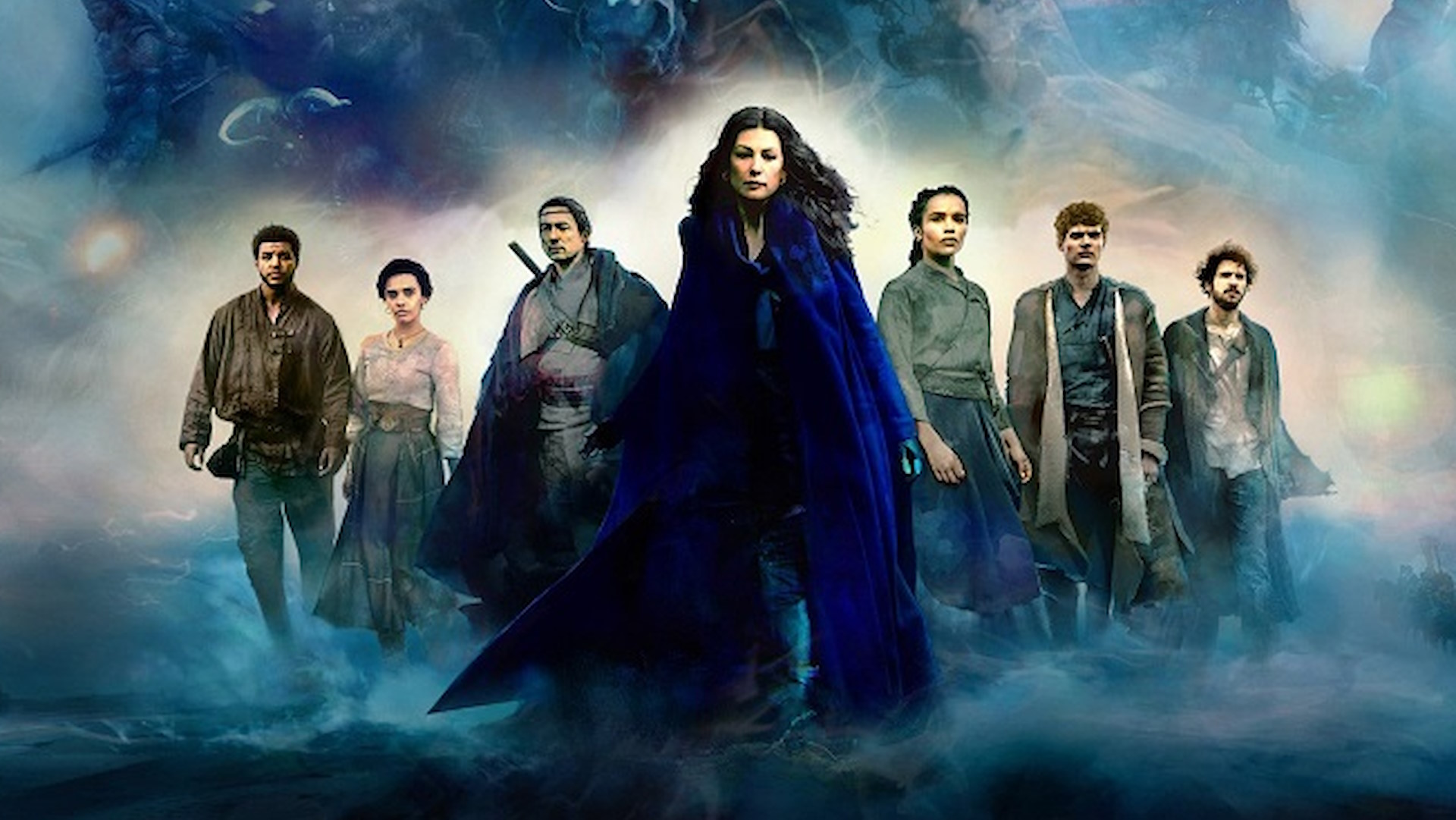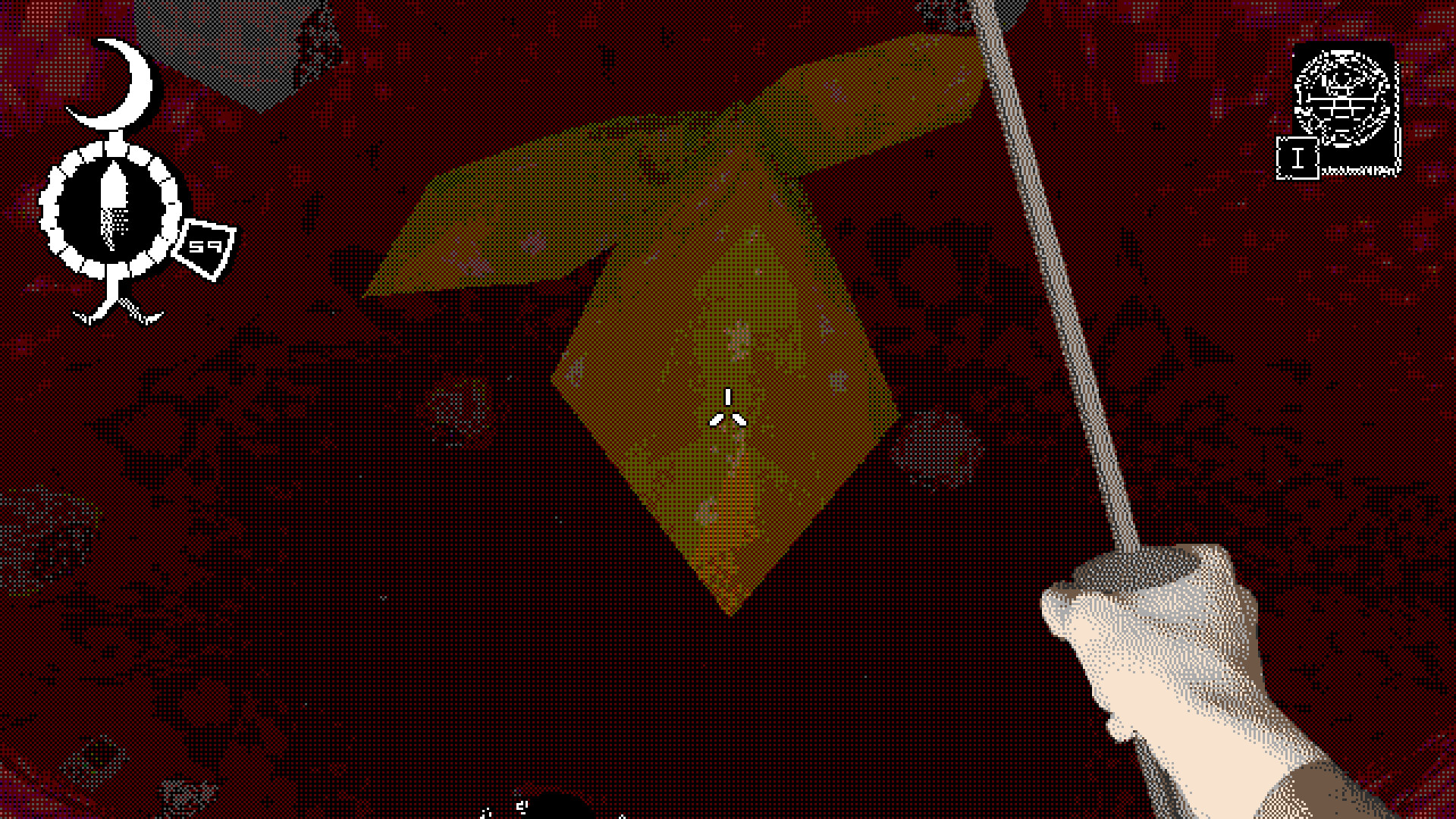
Tonal perfection generates a heavenly feedback loop
With the dust now settled on the first weekend of the Diablo 4 beta, the word on the street is that it is a return to form for Blizzard and the series, with the game delivering previously unseen layers of gameplay and mechanics that have gone down really well.
But, in my mind, the game’s biggest success is how it delivers a tone and atmosphere that is so pervasively religious that it resonated with me as someone who, despite being an atheist since my teenage years, was taken to church as a child. And, boy, does Diablo 4 tap into the feelings of inadequacy, guilt and belonging that I feel Christianity can culture within its congregations.
I mean, to my eyes, it’s literally baked into the game. Just look at how, upon approaching and trying to gain entrance to the city of Kyovashad, the player is requested to ‘cleanse’ themselves in a ‘Rite of Passage’, an action that involves confessing one of your sins, writing it onto a piece of cedar wood, and then throwing it into a fire. Your choices, of course, include options predominantly from the seven deadly sins, such as anger, greed and pride. Right from the start the hero’s mortal fallibility and imperfection is pushed to the forefront.
Diablo 4’s brand new live action trailer (viewable above) shows how the game has leaned into Christian religious symbolism, with Activision Blizzard actually taking over a medieval cathedral in France and painting Baroque-style scenes and characters from the game onto its walls and roof. These characters are, literally, in the place where Christian angels, saints, and its deity would be depicted, really hammering home the link.
You’re a sinner, and sinners surround you at every turn. Just look at how your first main quest plays out. Upon agreeing to do the seemingly good, morally just thing in Nevesk and going to clear out some demons from a nearby ruin for the locals you return and, accepting drink and food from the locals for your services, proceed to be drugged by them and literally carted off to be dismembered and sacrificed in a dilapidated shed out back. Thankfully you’re saved, literally at the death, but here Diablo 4 communicates right from the off that the hearts of men and women are easily corrupted and, without a savior, are led to fall morally.
Diablo 4 gets its tonally religious hooks in, too, in terms of how not just yourself but many of the NPCs you meet in the game are desperately searching for purpose and meaning. You are constantly searching for answers to your position within the Diablo 4 narrative, searching for guidance and blessing from, literally at one point, the heavenly Angel Inarius. No answers are forthcoming.
Equally, look at how both the monk from the opening cinematic is searching for knowledge (implied to be the meaning of existence) and finally surrenders to Lilith (who is depicted as a motherly, creator figure) during her summoning due to the understanding that in his sacrifice he will gain that understanding. Or look at how the tender human mother figure of Vhenard is not only corrupted and taken away from her daughter, Neyrelle, by Lilith with the promise of knowledge beyond the mortal world, but in the end also driven mad by it, with Vhenard turning against Neyrelle and the player’s character.
Inarius remains as grumpy and unhelpful as ever in the Diablo 4 beta. (Image credit: Activision Blizzard)
In life Vhenard is consumed by guilt for leaving her daughter and, upon resurrection, reconfirms it. It’s quite a scary idea that this baked-in mortal guilt followed her even beyond the grave. She regrets what she did but also confirms she attained that elusive meaning in her submission to the will of Lilith and her own sacrifice. This is exactly where Diablo 4 hits really hard, though, and I am sure a contributing factor to its 18 age rating. Tonally this game is incredibly mature, and is not afraid to plumb these depths, which are so many shades of grey. It has an edge that was absolutely missing from Diablo 3 and, arguably, even the first two titles.
And this, alongside what I can only describe as the fantastically realized religious symbolism, art, and structures that litter the game, absolutely invokes those conflicted feelings, even at a subconscious level. From the mighty cathedrals littered with paintings of scenes of heavenly wars, to tiny wooden shrines at a road side, to ranks of snow-covered graves and onto ornate altars and murals, religion drips from Diablo 4. It’s both beautiful and disconcerting, and for that Blizzard deserves a big hat tip.
To promote the game Blizzard painted a mediaeval cathedral in France with Diablo 4 characters and scenes, leaning into the religious imagery and symbolism. (Image credit: Blizzard)
But, as a player, despite the game evoking this atmosphere, it also fits like a glove in terms of gameplay and, yes, really does provide glorious, entertaining purpose to the gamer. Interestingly, where I think the gameplay mechanics get a bit meta here is how, despite not having foreknowledge of a reward for any action in the game, players absolutely act on faith of a later reward. This certainly isn’t unique to Diablo, but the boiled-down subtext to almost all actions in the series is to attain better loot (read: equipment, power, aesthetic awesomeness) which in itself provides that purpose to the player. And Blizzard has absolutely nailed that in Diablo 4. Without the elite loot cycle, I feel Diablo would lose its congregation.
And, while right now many gamers will be worshipping at the church of Diablo 4 on solo adventures, just imagine how that familial feeling of belonging and purpose will be enhanced further when clans are created and hellish demons will be tackled in multiplayer together. Everything will be enhanced.
I may not know where the Diablo 4 plot will go, or where my or any other character’s story in it will go (it arguably doesn’t matter), but when it feels this good to play and has distilled down and refined the core gameplay of ‘defeat enemies, grab better equipment, rinse and repeat’ so well, it’s a church I’m going to be more than happy to keep attending through the remaining beta weekend, its full launch and, no doubt, many months and years beyond.




